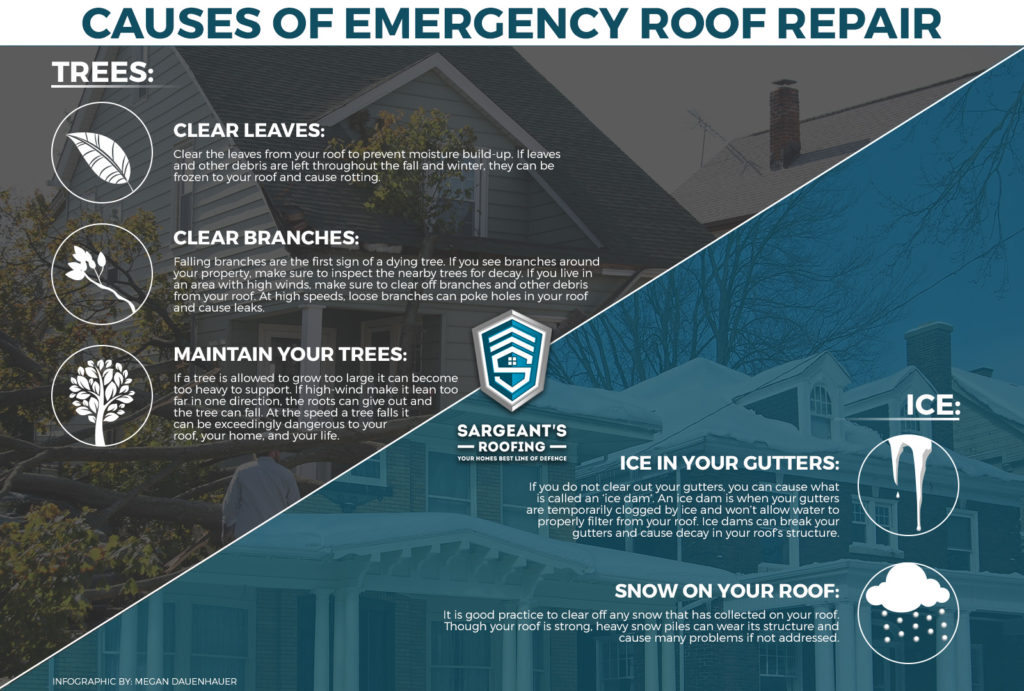Comparing Photovoltaic Panel Types: Which Is Best For Your Home?
Comparing Photovoltaic Panel Types: Which Is Best For Your Home?
Blog Article
just click the following page Produced By-Guy Sauer
When it comes to picking the appropriate photovoltaic panels for your home, the options can be frustrating. Each type provides distinctive benefits and trade-offs, making it essential to determine which variables line up finest with your objectives. Whether your emphasis is on effectiveness, cost-effectiveness, or aesthetic appeals, there's a solar panel type that can cater to your needs. So, prior to you choose, think about the vital aspects that will affect your solar energy system's efficiency and viability for your home.
Monocrystalline Solar Panels
When thinking about photovoltaic panels, you might discover monocrystalline photovoltaic panels. These panels are known for their high effectiveness rates because of their construction from a solitary continual crystal framework. This layout enables monocrystalline panels to carry out far better in reduced light problems compared to various other kinds of solar panels. In addition, their streamlined black appearance makes them a popular choice for household installations, assimilating flawlessly with the majority of roofs.
One crucial advantage of monocrystalline solar panels is their space performance. They need less room to produce the same quantity of electricity as various other solar panel kinds, making them optimal for homes with restricted roofing system room.
While monocrystalline panels have a tendency to be a lot more expensive ahead of time, their lasting toughness and efficiency frequently make them a cost-effective investment in the world of solar power. If you prioritize effectiveness and aesthetic appeals in your photovoltaic panel selection, monocrystalline panels could be the appropriate selection for your home.
Polycrystalline Solar Panels
Polycrystalline solar panels, also referred to as multicrystalline solar panels, supply an alternate choice to monocrystalline panels. These panels are made from silicon crystals that are melted together, producing a much less uniform look compared to monocrystalline panels.
Among the crucial advantages of polycrystalline panels is their reduced production cost, making them a more affordable option for property owners looking to purchase solar energy.
While polycrystalline panels might have a somewhat reduced effectiveness rate compared to monocrystalline panels, they still provide a trustworthy and cost-efficient means to create solar energy for your home. These panels perform well in heats and are a durable selection for a selection of climates.
If you have a bigger roofing room and are seeking to optimize your energy production without breaking the financial institution, polycrystalline panels could be the best option for you.
When considering solar panel choices for your home, it's important to weigh the cost-effectiveness and efficiency of polycrystalline panels against your power needs and budget constraints.
Thin-Film Solar Panels
Going on to Thin-Film Solar Panels, these panels provide an unique option to standard silicon-based alternatives like polycrystalline panels. Thin-film panels are light-weight and adaptable, making them simpler to install on different surface areas like bent roofs or walls. https://www.ecowatch.com/solar/best-companies/tesla-solar-powerwall , assimilating perfectly with the architecture of your home.
Nonetheless, it's important to note that thin-film panels normally have reduced efficiency prices contrasted to crystalline silicon panels. This implies you may need even more room to create the very same amount of power.
On the bright side, thin-film panels do much better in low-light conditions and have a lower temperature level coefficient, meaning they can create more power on warm days. If you have sufficient space and are looking for a functional and aesthetically attractive photovoltaic panel alternative, thin-film panels could be a great choice for your home.
https://docs.google.com/spreadsheets/d/1QALNqXkbT7NmYRou5rrBzwHsizcrUnQQ3_SJI2Xl8OY/edit?gid=318538506#gid=318538506
In conclusion, when selecting the best photovoltaic panel type for your home, consider your energy needs, spending plan, and space restraints. Monocrystalline panels give high performance in restricted room, while polycrystalline panels use an economical alternative with reputable efficiency. Thin-film panels provide flexibility and visual allure but might have reduced effectiveness prices. By considering these factors, you can select the photovoltaic panel type that finest fits your specific needs.
